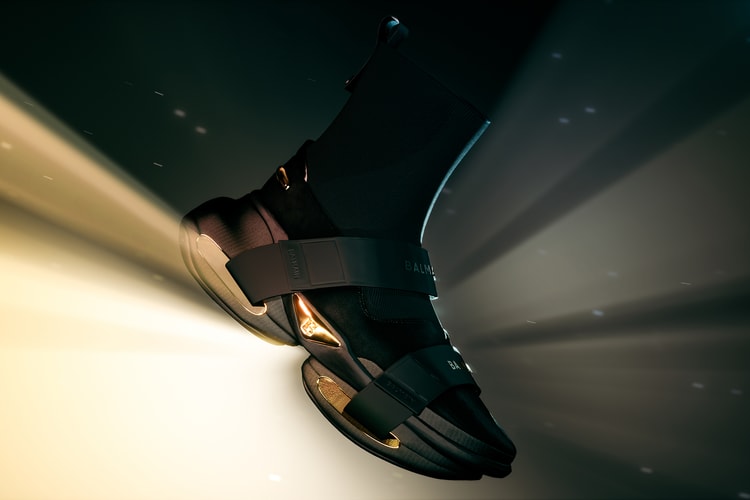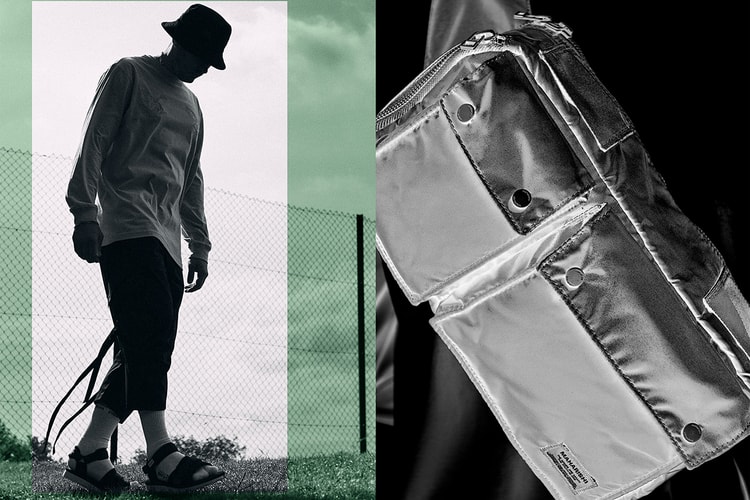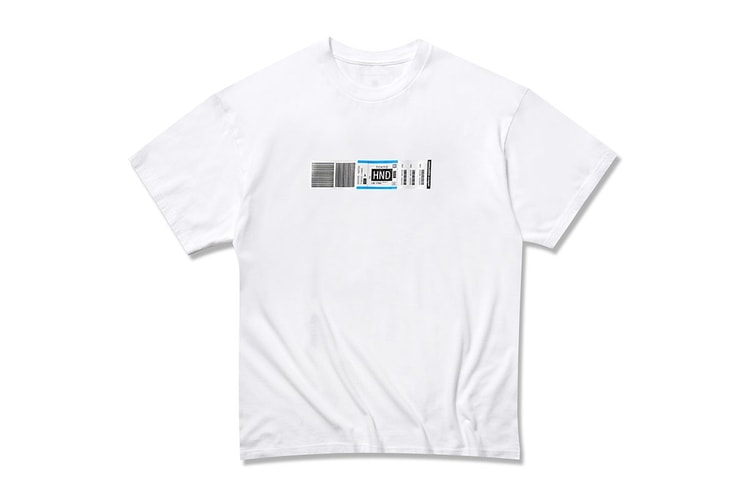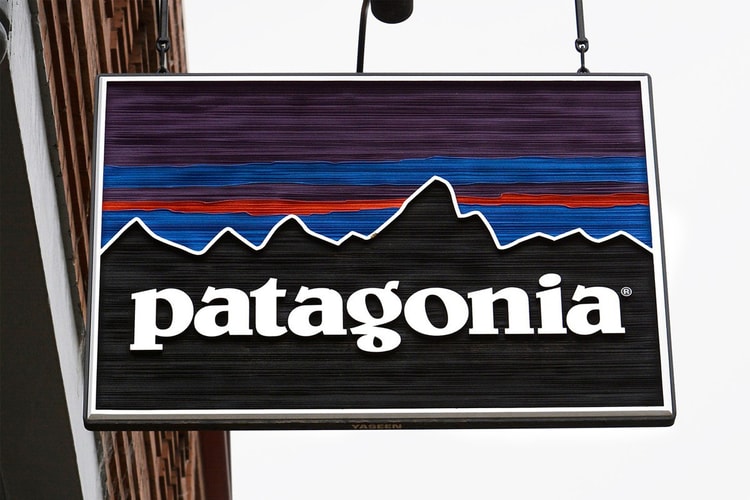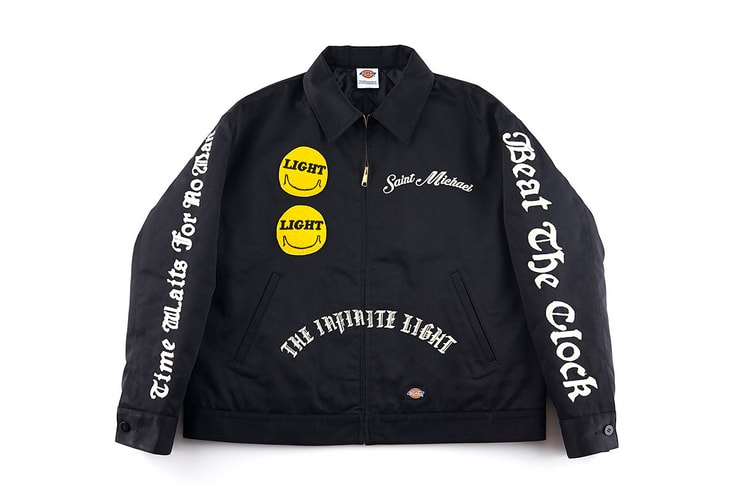Everything You Need to Know About the Nissan Skyline GT-R
Examining “Godzilla’s” humble beginnings, enviable power and controversy.

Driver’s Ed is a series dedicated to dissecting the cultural importance and history of significant cars. HYPEBEAST and an expert cover everything from the car’s beginnings to its current status, and what we can expect in the future. Driver’s Ed is for the newcomers of the automotive world and the aficionados.
The Nissan Skyline has a history that spans more than 50 years. In 1957 it was introduced as a luxury four-door sedan and five-door station wagon, but throughout the ‘60s, ‘70s, ‘80s and beyond it was championed for its successful racing career. By the ‘90s, Nissan’s leading performance model was adopted by a burgeoning scene of car enthusiasts looking to tune them, and as we entered the 2000s the Skyline became a starlet on the silver screen.
The Skyline’s extensive racing pedigree played out both in real life and as a poster child for almost every PlayStation Gran Turismo video game. The Skyline became a go-to choice for many gamers playing the likes of Need for Speed, where a digital version would be the closest they’d ever get to driving any Skyline iteration. Alongside its video game appearances, the Skyline was a lead car in numerous Fast and Furious films, such as the one driven by Paul Walker playing Brian O’Connor whose blue and silver 1999 GT-R R34 became an icon in itself.
Today, Skylines are a holy grail of the car world, a unicorn to most and a challenge for many others as they navigate import regulations and sky-rocketing prices.
History
In 1964, Prince Motor Company — which originally manufactured the Skyline — produced a Gran Turismo variant of the Skyline, dubbed the S54 GT. Prince used the signature Italian abbreviation “GT” to drive sales and make the car desirable.
The S54 GT was also Prince’s lead car in the Japanese Grand Prix in 1964. The car’s loss to the Porsche 904 spurred Shinichiro Sakurai, an engineer for Prince and then Nissan, to make a car that could beat Porsche. Not only did Sakurai have a major hand in producing the first Prince Skyline, he also designed the R380 — the first prototype race car developed by Prince in postwar Japan. It was inspired by the 904’s mid-engine layout and featured a highly-aerodynamic custom-built body, and was also used to break five E-class land speed records in late 1965. In 1966, Prince raced four of its mid-engined R380s in the Japanese Grand Prix against three Porsche 906s — Prince cars placed first and second. This would be the last time Prince would appear on the race track however, as in 1966 it merged with Nissan.
In 1969 Nissan developed its first performance-focused Skyline — what is commonly referred to as the “Hakosuka.” The Hakosuka put Nissan’s racing legacy into gear. While the production model produced a healthy 160 HP — strong figures for a two-liter car from the late ‘60s — its racing variant, complete with a long list of upgrades, won 52 races in its first three years of production. Today, the Hakosuka is a six-figure collectible.
Nissan had to produce a successor to Hakosuka, and introduced the C110 Skyline in 1973. It was an instant hit, with the GT-R model earning the nickname “Kenmeri” thanks to its popular advertising campaign featuring a young couple named Ken and Mary. However, the oil crisis in the 1970s meant that production was short-lived, and the demand for performance cars died out. The closest to a GT-R following “Kenmeri” was the R31 Skyline, appearing in GTS-R format in a limited run of just 823 units in the mid to late ‘80s.
The Turning Point
Nissan re-imagined its Skyline series in the late ‘80s, introducing the R32. Greg Anagnostopoulos, owner of New York’s Skyline Source, an automotive shop that specializes in full factory-correct restorations of various Skyline models, holds a special place in his heart for the R32. “I always thought [the R32] was cool but I never thought it would be possible to see one unless I went to Japan or Australia,” Anagnostopoulos told HYPEBEAST.
“If you look at some of the mechanical and technological features that Nissan offered back in the ‘80s, you’ll understand that the Skyline, especially the GT-R, was a mechanical marvel for its time. Everything from all-wheel-drive, four-wheel-steering, and a race-proven twin-turbo RB26 power plant put the Skyline way ahead of its predecessors,” added Anagnostopoulos.
This level of engineering meant that the Nissan Skyline GT-R R32 was able to take on supercars from completely different markets. It raced the Porsche 959, a limited-edition offering from the ‘80s that pioneered the all-wheel-drive systems and turbochargers used in supercars today. What’s particularly interesting is that an R32 cost around $31,000 USD when new, whereas a 959 would cost you $225,000 USD.
Nissan beat Porsche time and time again in Group A class races (a series of production-derived vehicles intended for outright competition in touring car racing and rallying). However, Nissan was so successful in Group A races that racing moderators were indirectly forced to change the rules and requirements, following the marque’s winning streak between 1989 and 1993 in the Japanese Touring Car Championship. In 1991, Australia became the GT-R’s first export market and went on to dominate the Australian Bathurst racing series, leaving Australian V8 race cars and the Ford Sierra Cosworth (an outright winner in European Group A races and a cult ‘80s car) in its dust — in turn becoming what Australian press referred to as “Godzilla,” likening it to a Japanese monster.
The R32 also featured many components you’d only find in supercars. It came with the same electro-hydraulic clutch found in the astronomically-priced Porsche 959, which allowed power to be split between the front and rear wheels for better handling, and tuners could unleash up to 1,000 BHP from a Skyline, too. It was a recipe that enticed a generation of car enthusiasts.
In 1990, Nissan released the NISMO-tuned GT-R R32 — a homologation model limited to 500 units built to celebrate its success. NISMO, the marque’s in-house tuning, motorsports and performance division, became a benchmark for Nissan performance models, and has since produced various sought-after Skylines.
In 1993 Nissan released the R33 Skyline. Its appearance in 2001’s The Fast and the Furious echoed the go-faster attitude of a burgeoning boy racer and tuner scene. More aggressive styling, more power (and a higher potential output once tuned), coupled with a defined legacy, four-wheel-drive as standard, and a promised NISMO iteration coming in 1996, made for a successful package.
Like its predecessors, the R33 was not available in the United States — despite how certain films painted a picture of a thriving underground tuner scene. It was competing against the likes of the Toyota Supra A80 — another Fast and Furious headliner — which, as Anagnostopoulos notes, was in fact sold in the United States.
“The Skyline has a different appeal and a sort of mystical attraction to people more than any other car I have ever seen before,” he says, comparing it to Japanese Domestic Market classics such as the Supra, Honda NSX and Mazda RX-7. “The reason for this is mostly due to the fact that Nissan only marketed the Skyline in Japan and Australia, pretty much giving the ultimate ‘FU’ to the rest of the world.”
As the R33 GT-R was released in 1995, it has passed the 25-year threshold for importing JDM cars into the United States. This has, in turn, seen demand and prices rise inexplicably. As Anagnostopoulos notes, “Just a couple of years ago you could pick up a decent R32 GT-R for around $12,000 USD, today you are paying around $25,000 USD for a similar GT-R and prices are on the rise.” Those buying the R33 nowadays are recognizing its cultural importance alongside the fact that its looks have aged gracefully — much more retro ‘90s tech than an archaic rectangular slab.
How to Get One
Contrary to popular belief, importing the R33 to the United States is quite simple. As long as you can prove the car’s build date and accurately complete the EPA 3520-1, declare code E and DOT HS-7 forms, all you need to do is arrange for the car to be delivered and processed. JDM Expo, which stocks JDM models in the U.S. and can assist in bringing cars overseas from Japan, has a number of examples on offer. However, because of the cars’ reputation, prices come at a premium. A Skyline R34 (which you can’t legally drive day-to-day in the U.S. as it is currently under 25 years old) retails for $100,000 USD, while the aforementioned NISMO-tuned R33 will cost you $85,000 USD.
The now costly R34 was introduced in 1999 and is arguably the most recognized model thanks to its silver screen and video game appearances, and that it is the final car to carry the full Skyline GT-R moniker. Currently, you can own a GT-R R34 in the United States under the “Show or Display” rule. This allows collectors to own cars that were historically or technologically significant — the R34 being both — and means they can only drive it for 2,500 miles a year, presumably to and from shows. Of course, many have found loopholes to rewire the mileage systems, drive in secrecy, or even import parts of the Skyline over to the U.S. one fender at a time, very illegally.
However, as of 2024, the R34 will be legal to drive in the United States without any special permission. As we have seen with previous models such as the R32, bringing a Skyline into the U.S. as they turn 25 years old increases the demand and, therefore, prices. Anagnostopoulos says “as collectors start to realize how important the Skylines are in not only a historical sense but a cultural and artistic sense they will drive prices even higher. I am a firm believer that once the R34 lineup becomes 25 years old we will see values unlike ever before throughout the entire Skyline range.”

Nissan Skyline GT-R R34Heritage Images/Getty
The R34 was a groundbreaking car in the late ‘90s and early 2000s, coming in numerous renditions from the standard version to the V-Spec, V-Spec II, the super-limited N1 offerings, M-Specs, and the commemorative V-Spec II Nur edition. There was also the 200 MPH Z-Tune offering, the R-Tune, the S-Tune, and so many more aftermarket tuning options from the likes of HKS and Mine’s, which pushed the R34 to incredible figures around the 800 HP benchmark. It was an exciting car, one that held the track record for a production car at the Nürburgring Nordschleife circuit until the Porsche 996 911 Turbo came along. Nissan ceased production of the car in 2002, and the Skyline never returned.
For those looking to buy a Skyline in the U.S., for both show and display reasons or to drive it legally, there are a few things to consider. Some of these cars are at least 25 years old, which as Anagnostopoulos explains is a good thing for those looking to fix-up their newly acquired gem. “If the car has a little surface rust here and there that’s ok but if there are holes in the floor stay away. The main points to inspect for rust on the Skylines are strut towers, trunk floor, window surrounds, trunk drip rails, and most importantly the jack points under the car.”
If your Skyline is looking worse for wear, then Nissan does sell brand new parts under its Heritage Program. “If you find a well-sorted car that has been properly maintained throughout its life you should have very low cost of ownership, but buying that bargain GT-R could cost you more in parts and labor than expected,” says Anagnostopoulos.
The Future
The GT-R R35 is a true homage to its “Godzilla” heritage. Like all that preceded it, the R35 features four round rear lights, a notable rear wing, aggressive styling, a sloped coupe body, a turbocharged six-cylinder engine, all-wheel-drive and supercar-killing performance figures. However, today’s GT-R is somewhat of a supercar itself.
Nissan dropped the Skyline moniker for the 2008 R35, giving the name to its luxury models in Japan, harking back to what a Skyline was in the 1950s. Today’s GT-R has come in many iterations, from NISMO tunes to a 50th anniversary edition, and even served as the inspiration for the GTR-50.
The GTR-50 celebrates 50 years of GT-R production, and is aptly limited to just 50 units. It’s the most expensive car Nissan has ever produced, costing north of $1.1 million USD apiece, and is co-designed by Italdesign, a heritage design and engineering company and brand based in Moncalieri, Italy.
Of course, this model is incredibly exclusive. Fans of the GT-R lineage can get excited for 2021, when Nissan is expected to showcase the next generation: the R36. Little is known about the new model, but it’s safe to assume that Nissan will continue to be innovative with its engineering, meaning we could see hybrid power derived from its GT-R LM Nismo race car and design cues taken from the GTR-50. Nissan is rumored to be stocking the R36 in showrooms before 2025, which is set to be the most expensive and powerful performance-driven model to date.


















